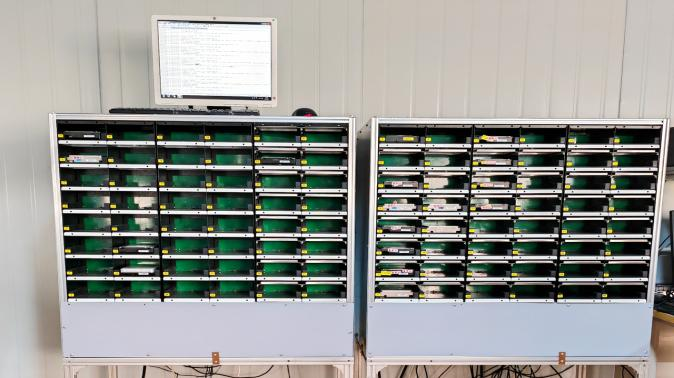In today's rapidly evolving automotive industry, technological advancements have revolutionized the way vehicles are designed, manufactured, and operated. One such innovation that has gained significant traction is automotive body electronics. This cutting-edge technology encompasses a wide range of electronic systems and components integrated into a vehicle's body, enhancing safety, comfort, convenience, and overall driving experience. In this article, we will delve into the intricacies of automotive body electronics, exploring its functionalities, benefits, and its impact on the future of transportation.
- Understanding Automotive Body Electronics:
Automotive body electronics refers to the electronic systems and components integrated into a vehicle's body, excluding the powertrain and chassis. These systems are responsible for controlling various functions, such as lighting, climate control, infotainment, security, and safety features. By utilizing sensors, actuators, microcontrollers, and communication networks, automotive body electronics enable seamless interaction between the driver, passengers, and the vehicle itself. - Enhancing Safety:
One of the primary objectives of automotive body electronics is to enhance safety on the roads. Advanced driver assistance systems (ADAS) play a crucial role in achieving this goal. ADAS utilizes a combination of sensors, cameras, and radar systems to detect potential hazards, assist with parking, provide lane departure warnings, and even enable autonomous emergency braking. These systems significantly reduce the risk of accidents, making driving safer for everyone on the road. - Improving Comfort and Convenience:
Automotive body electronics also focus on improving the comfort and convenience of vehicle occupants. Integrated climate control systems allow for personalized temperature settings, ensuring a pleasant driving experience regardless of external conditions. Additionally, infotainment systems provide entertainment options, including music, navigation, and connectivity features, keeping passengers engaged and connected throughout their journey. - Advancing Vehicle Security:
With the rise in vehicle thefts and security concerns, automotive body electronics have become instrumental in enhancing vehicle security. Keyless entry systems, immobilizers, and alarm systems are just a few examples of the security features integrated into modern vehicles. These systems provide peace of mind to vehicle owners, deterring theft attempts and ensuring the safety of their valuable assets. - Future Implications:
As technology continues to evolve, the future of automotive body electronics holds immense potential. The integration of artificial intelligence (AI) and machine learning algorithms will enable vehicles to adapt to individual preferences, predict maintenance requirements, and even communicate with other vehicles and infrastructure. This interconnectedness will pave the way for smarter, safer, and more efficient transportation systems.
Conclusion:
Automotive body electronics have emerged as a game-changer in the automotive industry, revolutionizing the way vehicles operate and interact with their surroundings. From enhancing safety to improving comfort and convenience, these advanced electronic systems have become an integral part of modern vehicles. As technology continues to advance, the future of automotive body electronics holds even greater promise, transforming the way we commute and shaping the future of transportation. Embracing these innovations will undoubtedly lead to a safer, more connected, and sustainable automotive ecosystem.


